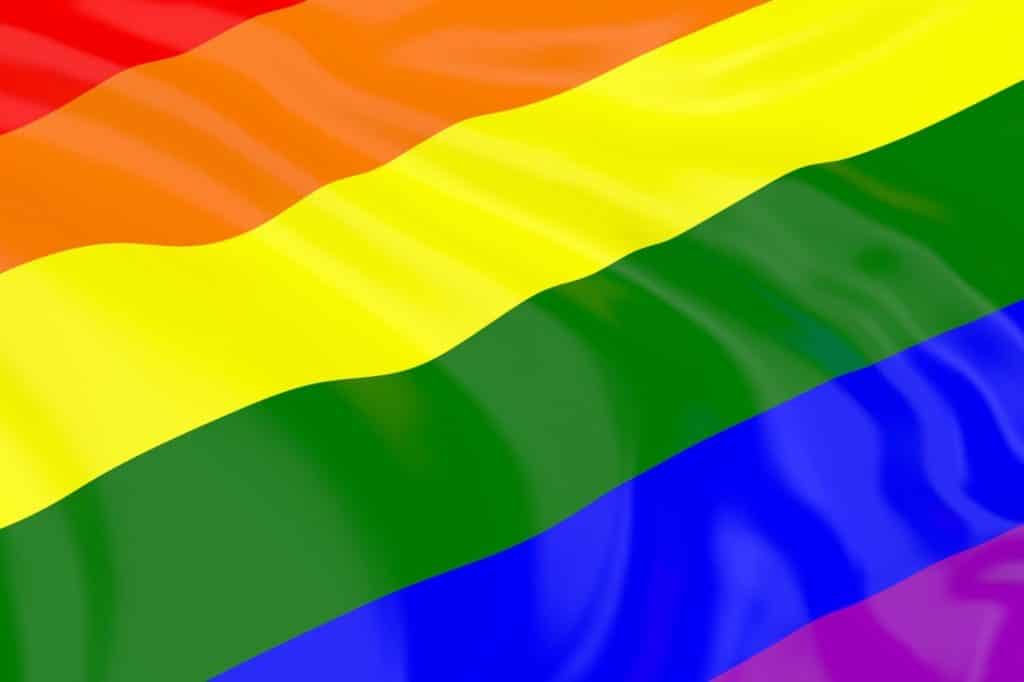Unfortunately, LGBTQ+ youth experience some of the negative impacts of being a minority in US culture. They were more likely to be a victim of verbal and physical abuse (Taylor & Peter, 2011), trauma, difficulties with emotion regulation, and are overrepresented in the juvenile justice system. They attempt suicide at 6 times the rate of their hetero-/cis-gender peers (cis- means biological sex is the same as their gender). Moreover, transgender individuals are at an even higher risk than their LGB peers. Some research has suggested that up to 40% of youth in homeless shelters and programs are LGBTQ+ and the best predictor of how they end up there is family rejection (Durso & Gates, 2012).
As much as others hear this ever-changing acronym, it is helpful to briefly address the letters that are most often referred to so that language can be easily understood when certain identities or terms are used.
Lesbian – Person who identifies as a woman and who is attracted to another woman
Gay – Attracted to one’s own gender or a person who identifies as a male and is attracted to other males
Bisexual – Attracted to either gender “like mine” or “not like mine [gender]”
Transgender or trans – A person whose gender identity is different than the biological sex they were assigned at birth
Of note, unlike the LGB, transgender is not a sexual orientation. A transwoman is someone who was assigned a male sex at birth. A transmale was assigned female sex at birth.
Queer – Attracted to all genders, or not exclusively heterosexual. Q may also represent questioning, someone who is actively exploring their sexual orientation, gender, or gender expression
+ – recognizes that sexual orientations and gender identities exist as a spectrum
When working within the family system, LGBTQ+ individuals may come across language that, although not intentional, misses the boat or is offensive. This can be the case when one’s personal beliefs may not be aligned with what your child experiences. How these ideas or feelings get expressed in families can make the identified individual often feel misunderstood and not accepted, which may not be what was intended.
What do I say/do?
When families begin the process of working with their child to understand what they are going through, it is often difficult to know what to say and how to say it. Many people in the LGBTQ+ community experience this often and so they’ll recognize the effort being made. As a human being, we all deserve dignity and respect and the following are some ways that express that to our LGBTQ+ youth. It can be helpful to use more inclusive language such as ‘parents, siblings, partners’ in place of ‘mother/father, sister/brother, or husband/wife.’ You may have heard about…”which pronoun should I use?” Starting with ‘they’ can be helpful and often asking which pronouns one uses can facilitate that communication. Less common ones that you may come across include ‘sie’ (pronounced like see) and ‘zie’ (pronounced like ‘z’).
LGBTQ+ youth
Children as young as two years old may demonstrate behaviors and preferences that may not be consistent with what their assigned sex was at birth. This can often be confusing for caregivers as there may not be “overt” signs prior to late elementary or middle school age. Providing support not only for the youth but also for caregivers can be helpful in situations where the “idealized” image of their child is altered as they enter into adolescence. Specifically, gender identity stabilizes around the age of 15 (Pleak, 2009).
What can you do?
The best predictor of satisfactory development for LGBTQ+ youth is family acceptance (Ryan, et al, 2010). Seeking consultation with an affirmative healthcare and mental health care provider can work towards reducing bias and stigma and addressing shame for both the individual and family members. A struggle with identity or sexuality in youth does not necessarily mean that it will persist into adulthood. That’s why consulting with professionals can be so important during late childhood through adolescence if there are concerns. Families may often benefit from examining family background ideologies, faith-based beliefs and previous life experiences in how to approach issues with their LGBTQ+ youth. If a kinship network is available (i.e., a micro community of LGBTQ+) these can also be viewed as a strength within one’s community. In San Antonio, Parents, Families and Friends of Lesbians and Gays Internet helpline (PFLAG) can be a valuable resource. You can reach them by calling (210) 655-2383.
For additional LGBTQ+ youth resources, you can also visit The Trevor Project.










